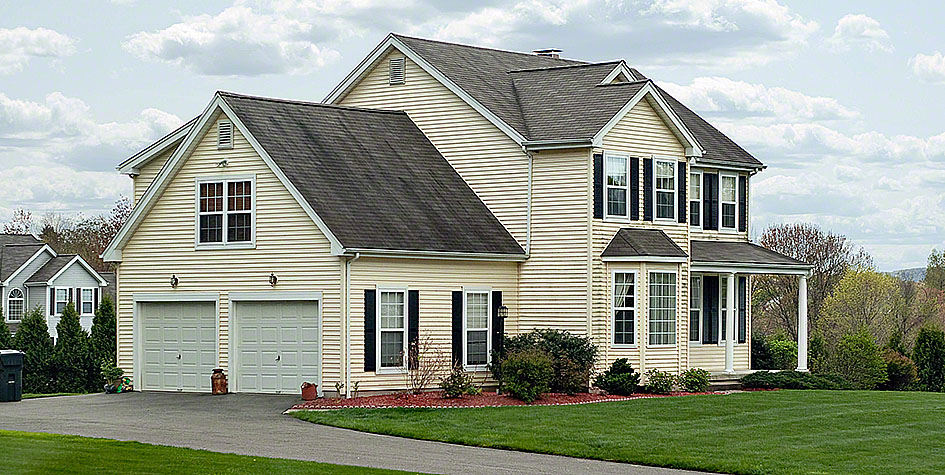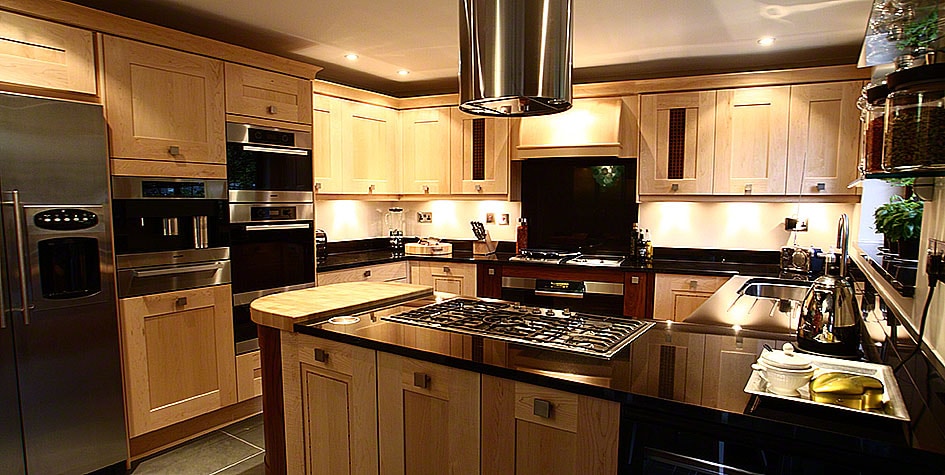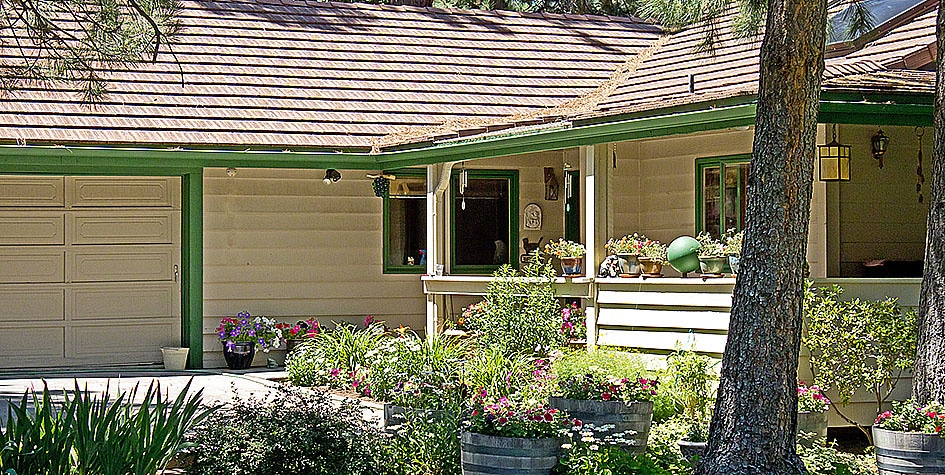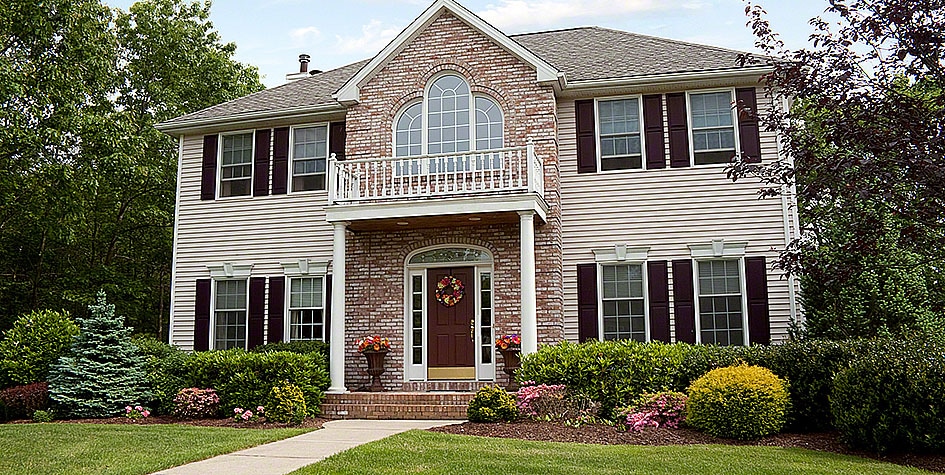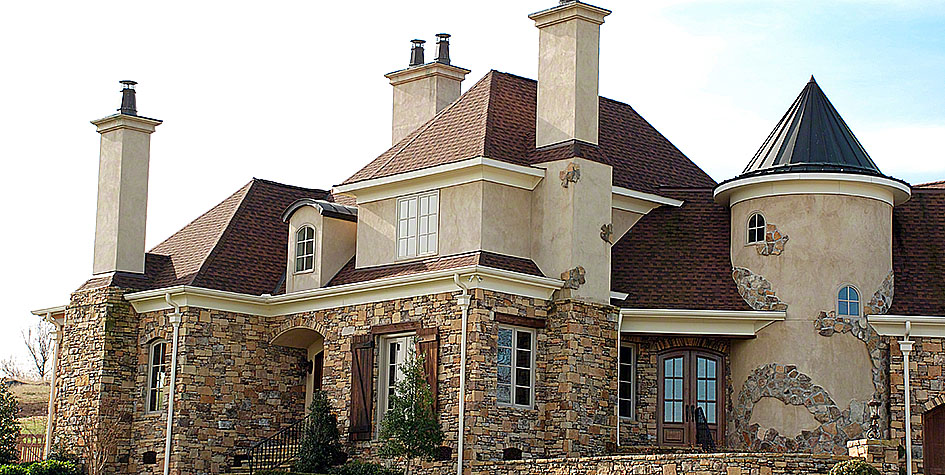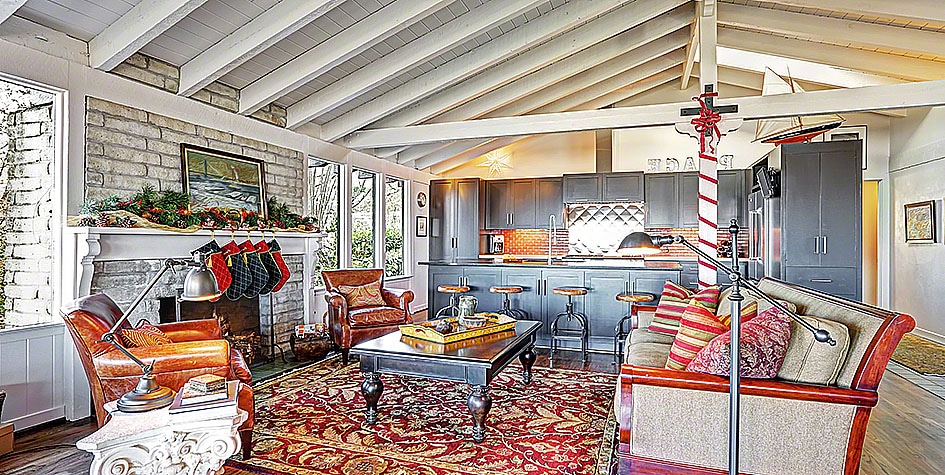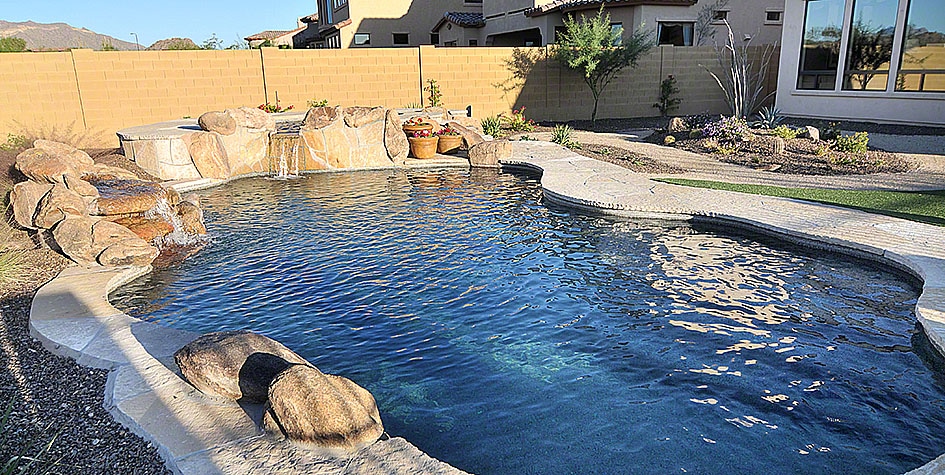The heat exchanger is an important component of your furnace. It is responsible for providing warm air throughout the home. If it goes bad, not only will it hinder the overall performance of your furnace but also pose serious health concerns. Let’s look at some common signs to help you decide when it is time to hire furnace services for replacing the heat exchanger.
The Furnace Flame Appears Yellow
Ideally, a typical furnace will produce a blue flame. If that is the case, then you do not need to worry about anything as it indicates that the furnace is working efficiently. However, if you observe that the flame has turned yellow, it means that either your heat exchanger is cracked or the burner is dirty. In addition to that, if you observe that the flame is yellow and flickers, then the damage could be more serious than imagined.
Although this is one of the most common signs of heat exchanger replacement but goes unnoticed quite often. Homeowners rarely observe the color of the flame and are also unaware of what the color indicates. Therefore, you should make sure that the burner is cleaned regularly and inspect the flame color once in a while to ensure the furnace is working at its optimum.
The Furnace Produces A Lot Of Soot
Another top sign is that the furnace produces a lot of soot. This usually happens when your heating system has a lot of carbon inside it. As a result, the furnace will produce a lot of soot. This usually happens when the furnace is unable to burn the gas entirely, a process called incomplete combustion.
There could be several reasons contributing to the gas not burning entirely, including faulty burners. However, if the heat exchanger tends to be cracked, the soot production in the heating system might increase as well.
The System Produces A Strong Smell
If your heat exchanger is cracked, your heating system will produce a strong and unpleasant smell that should not go unnoticed. Then again, it is one of the things mostly ignored by homeowners and instead of waiting for it to go away, you should immediately attend to it.
There is a reason the smell is strong as it contains formaldehyde along with other toxins that pose serious harm to your body if inhaled. If you are aware of the formaldehyde-type odor and observe that the heating system is producing the same, you should contact a professional HVAC contractor as soon as possible.
The Furnace Components Corrode And Form Cracks
Even though a furnace is designed to last for years, it will begin showing signs of wear and tear. If you observe that the external components are wearing out, it is highly likely that the internal components are starting to wear as well. This might point towards the heat exchanger beginning to crack.
Stress cracks are quite common on the furnace due to the components contracting and expanding during the cooling and heating process. In addition to that, the components of the furnace can corrode when exposed to moisture and chloride.
Puddles Of Water On The Floor
If you observe that your furnace does not have any issue related to condensation and there is a pool of water at its base, the chances are that the heat exchanger is the issue. In this case, you will need to contact a professional HVAC technician who will help with the problem.
In addition to a cracked heat exchanger, there could be other possible causes resulting in leaks around the furnace. For instance, if a whole-house humidifier connected to your furnace leaks or the HVAC’s internal drain happens to be clogged.
Final Word
Once it is determined that the heat exchanger is cracked, you shouldn’t rush to fix it yourself. The above-mentioned tips will help you identify whether the issue is a cracked heat exchanger or something else. If it happens to be a crack, you should consult furnace repair services Falls Church. Ignoring or prolonging them might worsen the problem and expose your family to toxic gases. So, spending some money for the safety of your family is worth it. Moreover, keep a maintenance schedule of your furnace and inspect it from time to time.
Topics #cracks in furnace #furnace leaking #furnace repair services #replacing furnace heat exchanger #signs to replace heat exchanger
